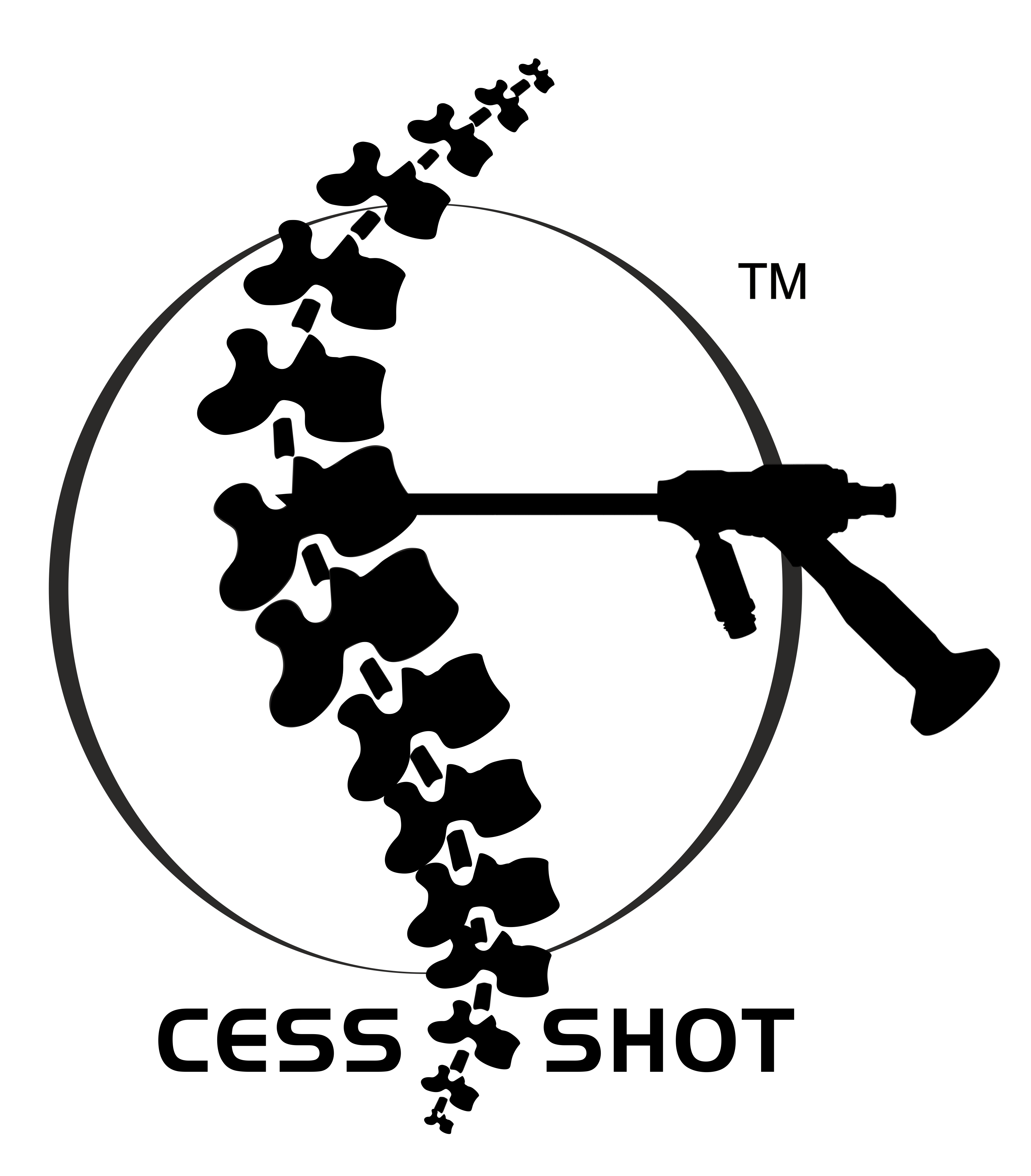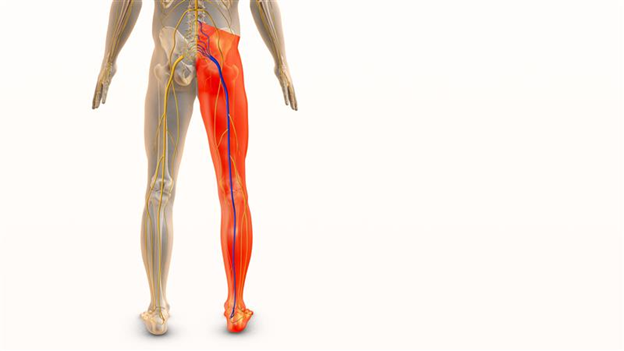Sciatica hurts many people every year, affecting their daily lives. Understanding this body pain is key to controlling your health situation. Too many folks live with sciatica pain without knowing its root or treatment.
This guide explains different sides of sciatica knowledge. It starts by breaking down sciatica and digs into its root causes. After that, you’ll learn symptoms for early discovery of this trouble. We will move on to standard and new treatments available today. Lastly, find out how simple changes help manage and reduce sciatica pain.
Addressing sciatica soon is important for those experiencing it. Diagnosing the problem early boosts everyday comfort in a big way. Seeing a doctor can uncover what your body requires, preventing worse outcomes.
Defining Sciatica: More than Just Back Pain
The pain from sciatica runs along a long nerve in the body.
Unlike regular back discomfort, sciatica only affects specific nerve parts. Regular back pain can have many causes and different pathways.
The largest body nerve controls movement in legs and feet. When pressured, this nerve causes pain down your legs and feet.
Exploring the Causes of Sciatica
Sciatica often springs from a herniated disc or spinal stenosis. A herniated disc forms when a spinal disc’s inner part bulges out. In contrast, spinal stenosis results from the spine spaces narrowing. Both these issues can trap the sciatic nerve causing pain.
Our daily habits may also lead to sciatica problems over time. Jobs that mean long sitting or bad posture can worsen this risk. Lack of movement makes back-supporting muscles weak, adding extra stress.
Age plays a role in increasing the chances of getting sciatica. Extra body weight stresses your spine, hiking sciatica risk higher. Certain jobs have tasks like heavy lifting which trigger this issue too.
Identifying Sciatica Symptoms and When to Seek Help
Pain from sciatica typically starts in the lower back and moves down one leg. Sometimes it feels like burning or tingling that shoots along the leg.
Acute sciatica appears suddenly and causes strong pain for up to two months. Chronic sciatica persists longer, with ongoing discomfort needing long-term care and attention.
Be aware of certain signs indicating a need for medical advice: constant pain that self-care doesn’t relieve, weakness in muscles, loss of leg feeling, trouble standing or walking, and problems with bladder control are serious warnings. Consulting a doctor is crucial if these symptoms arise.
Lifestyle and Dietary Changes to Manage Sciatica
Eating the right foods can help keep sciatica at bay. Try eating salmon and walnuts to fight off inflammation the natural way. Dig in to your veggies, nuts, and whole grains to make sure your nerves stay healthy.
Making changes at home and work can ease sciatica discomfort. Sit in a firm chair which supports your lower back with a cushion. Adjust the screen height to avoid hurting your neck and stand up stretch every 30 minutes for relief. Make sure your bed mattress is comfortable for proper spine support.
Drinking enough water keeps everything running smoothly, including muscles and joints. Staying hydrated helps keep the nerves cushioned and in great shape. Eating a balanced diet ensures you get vital minerals important for repairing nerves.
Conventional and Advanced Treatment Options for Sciatica
You might find quick relief with certain types of medications. These include anti-inflammatories that target painful swollen areas. Muscle relaxants are also commonly used to achieve similar effects. Simple exercises and stretches can help ease pressure on the sciatic nerve. These movements work to strengthen muscles that support your back.
Sometimes, when the pain is severe and won’t go away, surgery is considered. Doctors might suggest surgery if other treatments aren’t helping. Microdiscectomy is a surgery that removes the part of the disc pressing on the nerve. Surgery is only recommended when nothing else offers relief.
Additionally, complementary therapies can support what you’re already doing for pain. Chiropractic care uses adjustments to help relieve tension on nerves. Acupuncture involves using needles to improve blood flow and reduce pain in sciatica. These approaches can be combined with standard treatment methods without issues.
The Work Environment’s Influence on Sciatica Progression
Work stress leads to tension and can worsen sciatica pain. It makes muscles tense and strains your lower back.
Office workers often deal with bad desk setups causing discomfort. Chairs without support or screens positioned badly can strain the back.
Creating a workspace that helps sciatica involves thoughtful planning. Set up an ergonomic desk and choose supportive chairs for comfort. Take breaks often for stretching your back and muscles. Consider using a standing desk if sitting too long causes discomfort.
These adjustments help reduce both strain and unpleasant pain.
Lifestyle Modifications for Long-Term Sciatica Relief
Carrying too much weight can put more stress on your back. Keeping a healthy weight can help your back feel better. Eating well can also help you stay at a good weight and prevent discomfort.
Staying active is good for your body when you have back issues. Picking easy activities like walking or swimming can be gentle on your back. Stretching your legs and lower back can ease pressure and improve movement.
Practicing yoga can help you relax more and feel less tense. This way, your body can deal better with stress related to nerve pain. Exercises like gentle stretches can help your body stay flexible and calm down tension.
Preventing Sciatica and Emphasizing the Need for Early Diagnosis
Looking after your back is key to stopping sciatica troubles. It’s wise to keep your weight healthy to avoid hurting your back.
It’s smart to do easy exercises that won’t harm your joints.
Learn to lift things safely so you don’t pull a muscle in your back.
Catching sciatica early leads to much better health outcomes for people.
Seeing a doctor soon may stop the pain from getting worse over time.
They can help with therapy, pills, or changes in how you live.
Checking your health regularly helps keep your spine in good shape. If you often have back trouble, it’s good to see the doctor often.
These check-ups can spot any spinal shifts that could become issues later.
Conclusion and Call to Action
It’s important to know about sciatica and how to deal with it. Sciatica happens when something presses or rubs on the sciatic nerve. Exercise and eating healthy can lower symptoms quite a lot. Changing how you move each day can really help reduce back pain.
Adopting a proactive approach helps in maintaining good spine health. Going for regular check-ups can catch issues before they get worse. Simple tweaks in daily life bring big benefits to your health.
Being aware of sciatica can make life better for those who have it. Sharing what you know with others helps them handle things more easily. When people learn about it, they are better prepared to cope.
Consult us today at Sushrutha Hospital (CESS SHOT) for expert guidance!


